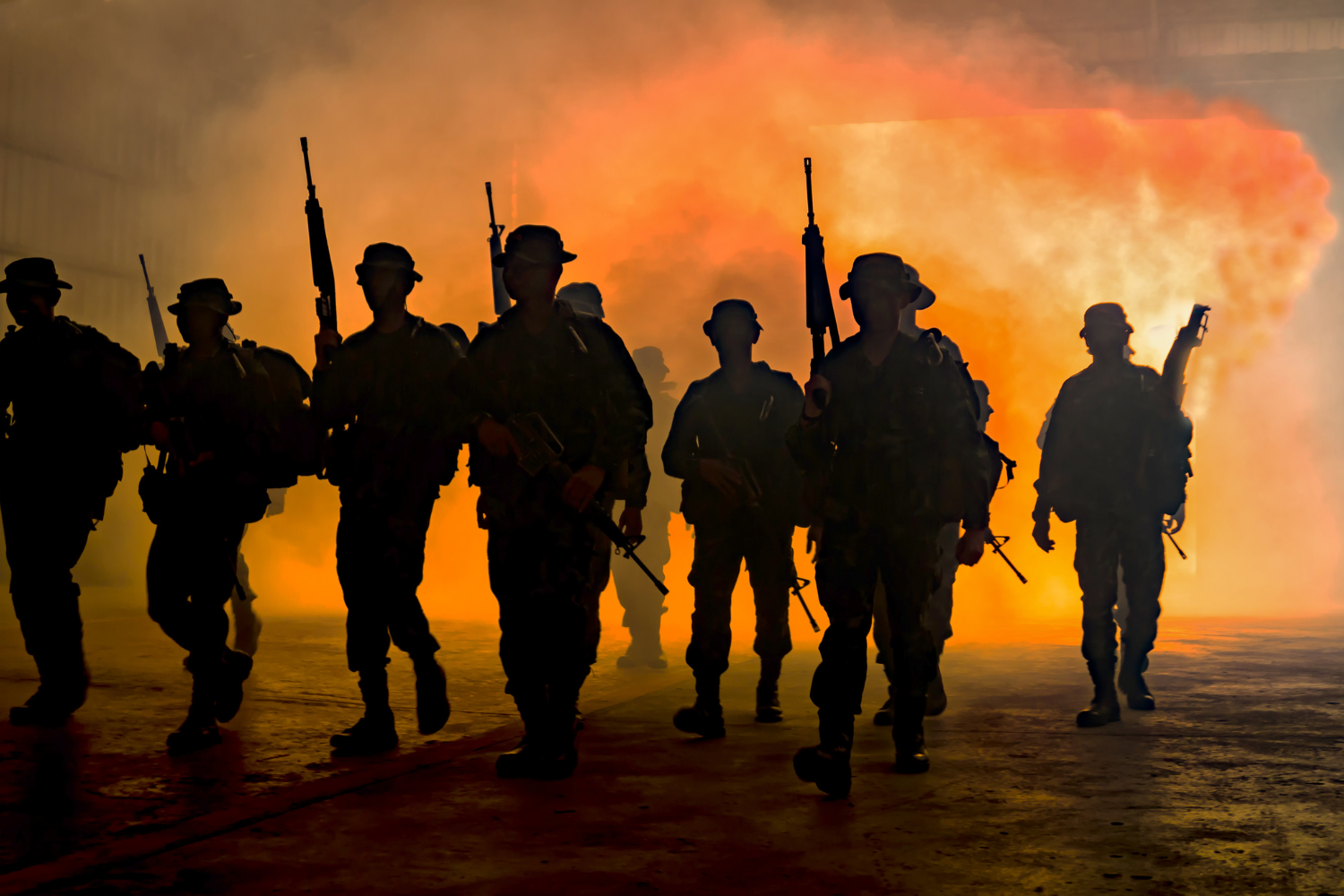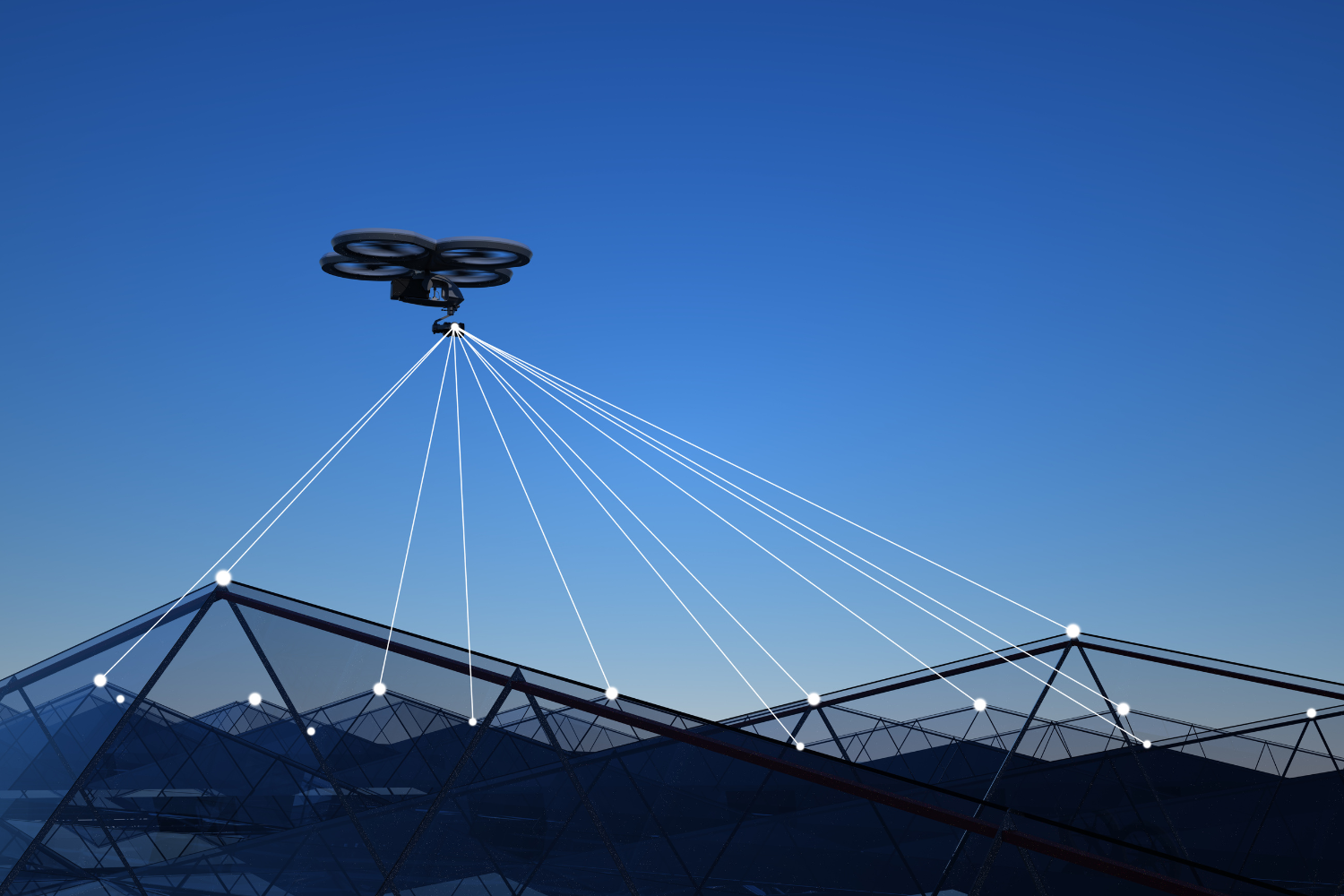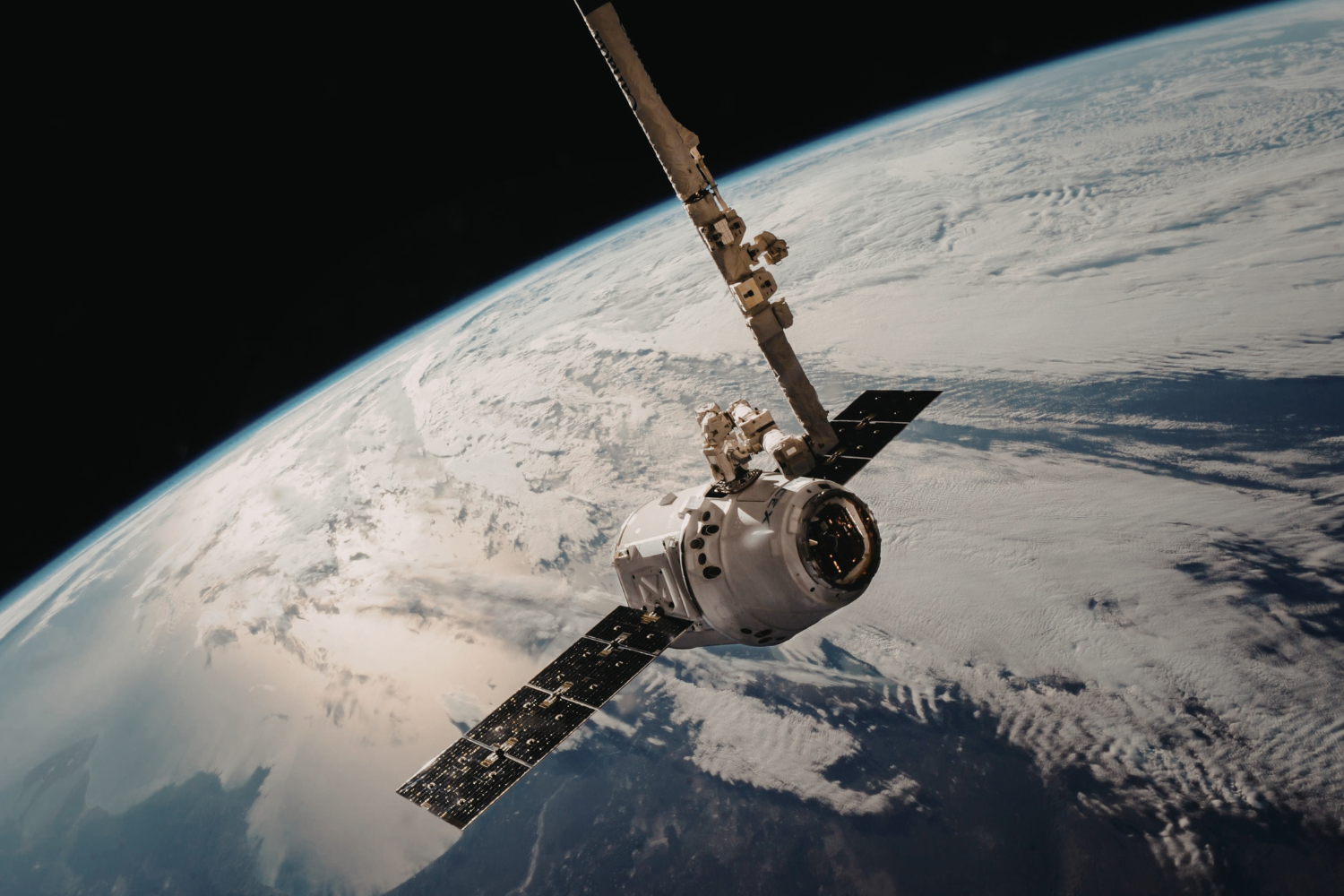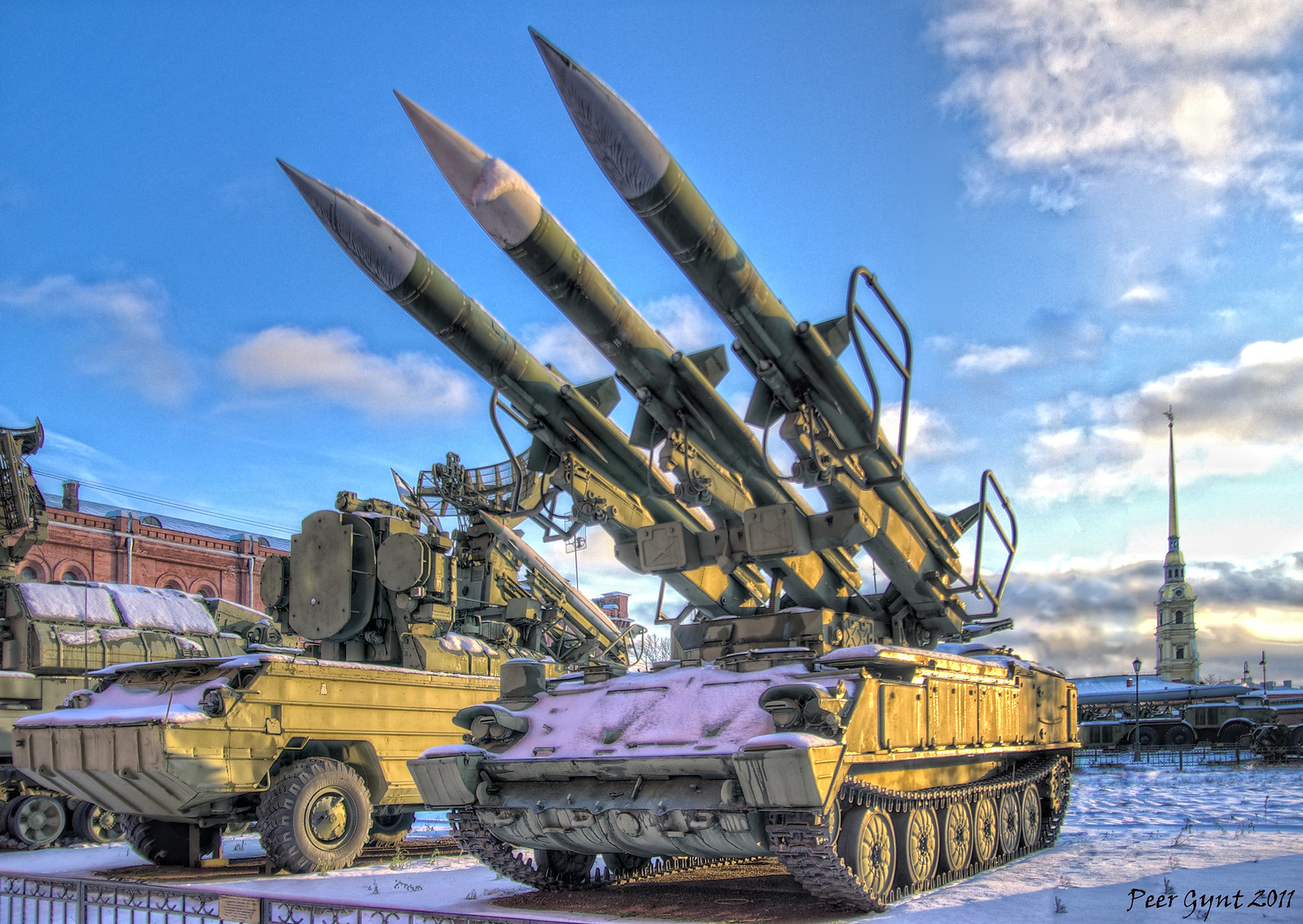Military planners are adapting strategies to address technological and geopolitical shifts in warfare.

Future warfare is expected to diverge significantly from historical conflicts, driven largely by rapid technological advancements and evolving geopolitical tensions. Experts from organizations such as the Center for Strategic and International Studies and the RAND Corporation highlight emerging trends like artificial intelligence, autonomous weapons, cyber warfare, and space security as central to modern military planning. Understanding these developments is crucial as nations prepare defense strategies that consider both kinetic and non-kinetic forms of combat while navigating complex ethical considerations.
1. Integrating artificial intelligence to enhance decision-making on the battlefield.

Artificial intelligence reshapes military decision-making through real-time data processing and predictive algorithms. A single AI-enhanced device can analyze battlefield information faster than human counterparts. This ability allows military leaders to act swiftly, with enhanced precision, even amid uncertain and dynamic combat scenarios.
Such intelligence integration ensures more informed choices that could alter the outcome of skirmishes. These systems help parse through massive data, filtering crucial elements that might otherwise be overlooked by human operators. AI’s role extends beyond tactical decisions, impacting strategic long-term planning and resource allocation as well.
2. Employing cyber warfare tactics to disrupt enemy communications infrastructure.

Cyber warfare uses virtual attacks to disable or disrupt enemy networks, crippling communication channels. A cleverly inserted malware can halt enemy operations without firing a single bullet. This non-kinetic method appeals due to its precision and relatively low physical risk to personnel.
Tacticians emphasize cyber readiness, recognizing its potential to shift battlefield power dynamics. Modern conflicts often see cyber capabilities integrated into the broader military strategy, focusing on defense as much as offense. Adversaries must now balance protecting their networks while countering these digital threats effectively.
3. Utilizing autonomous drones for reconnaissance and targeted operations.

Autonomous drones conduct reconnaissance and strike missions without direct human control. Equipped with cameras and sensors, these drones gather intelligence quietly overhead, expediting real-time analysis. When called into action, they can execute precise hits on specific targets with minimal risk to personnel.
Their role in modern warfare expands as reliance on these unmanned vehicles grows. The ability to deploy units in hostile areas enhances situational awareness and operational reach. Military planners now face ethical concerns over autonomy, debating human oversight level required for decision-making in combat scenarios.
4. Developing space-based weaponry to gain strategic advantage from orbit.

Space-based weaponry establishes a frontier in future conflicts, offering strategic oversight from orbit. Satellites equipped with high-tech surveillance systems monitor troop movements and potential threats, far above terrestrial limitations. Precision-targeted weapons could neutralize adversaries before conventional forces engage.
Nations developing such technologies aim to protect assets while gaining dominion over this new battle space. The orbital arena introduces unique challenges—namely, managing debris and complying with international treaties. Space assets are becoming essential, affecting how military dominance is perceived and pursued worldwide.
5. Implementing electronic warfare to jam and manipulate opposing radar systems.

Electronic warfare disrupts enemy sensors and communication, utilizing electromagnetic signals. Jammers can mislead radar systems, rendering technological assets less effective. In this invisible contest, control over the spectrum determines a side’s command over operational integrity.
As reliance on electronic communication intensifies, so does vulnerability to electromagnetic interference. Militaries prioritize innovations that enhance flexibility and counter-electronic measures effectively. Ensuring harmonized frequency management within allies becomes crucial, preserving informational superiority amid electronic onslaughts seeking to diminish visibility and control.
6. Prioritizing stealth technology to avoid detection in hostile environments.

Stealth technology centers on evading enemy detection, incorporating sophisticated materials and designs. Aircraft capable of evading radar achieves such stealth, often used in high-risk reconnaissance missions. These innovations promote surprise, granting forces a tactical upper hand.
However, the quest for invisibility weighs on resource allocation and tech advancement. Opponents counter with advanced detection technologies, prompting an ongoing evolutionary leap in design and material science. The balance between stealth and visibility underpins modern aerial strategy, adjusting to emerging detection capabilities.
7. Coordinating unmanned ground vehicles for supply delivery and frontline support.

Unmanned ground vehicles, or UGVs, deliver supplies and support, minimizing human exposure in conflict zones. These treaded machines navigate rugged terrains, carrying vital provisions to frontlines. Their increasingly complex AI makes adaptive navigation possible in unpredictable environments.
Deployable remotely, UGVs shift the logistics landscape by optimizing resupply chains and freeing personnel for other duties. Military analysts explore broader UGV roles, pondering potential in direct conflict support. Balancing machine autonomy with operator oversight remains crucial in expanding UGV utility responsibly.
8. Strengthening defense systems against emerging biological and chemical threats.

Defense systems face evolving challenges from biological and chemical threats, requiring fortified measures. Deploying detection units identifies hazardous agents swiftly before they harm personnel. Partnerships between nations enhance response agility, using collective expertise to mitigate severe consequences effectively.
New threat formats demand constant vigilance and adaptation to agile adversaries. Biochem deterrence strategies involve global cooperation, cultivating expertise and shared responsibilities. Readiness, integrated with rapid identification and containment protocols, protects against unforeseen biochemical menaces.
9. Training soldiers in hybrid warfare tactics combining conventional and irregular methods.

Hybrid warfare blends conventional and irregular tactics, adapting to complex conflict layers. Troops trained for hybrid scenarios employ strategies flexibly, confronting an enemy using unconventional means. This melding of techniques ensures readiness across diverse and unpredictable battle situations.
Going beyond typical training, hybrid tactics imbue soldiers with adaptive thinking and situational awareness. The approach embraces ambiguity, preparing units for conflicts that defy traditional molds. Innovative, cross-method learning shapes a modern warrior capable of navigating multifaceted struggle arenas.
10. Expanding use of big data analytics to predict enemy movements and strategies.

Big data analytics predicts enemy strategies by interpreting vast, interconnected datasets. Analysts process information from diverse intelligence sources, discerning patterns unnoticed in narrower scopes. Data reveals insights, informing military preparations and resource allocations proactively.
The integration of analytics fosters anticipatory maneuvers. These predictive abilities grant commanders crucial foreknowledge, shaping strategic decisions in advance. Military decision-making undergoes evolution, with predictive analytics becoming essential, providing an edge over adversaries not yet utilizing similar technologies.
11. Investing in advanced missile defense systems to intercept incoming threats.

Advanced missile defense systems intercept incoming threats, protecting valuable assets. These systems detect and eliminate projectiles mid-flight, minimizing damage potential. An integrated network of sensors identifies threats early, crucial for successful interception during hostile engagements.
Mounting complexities necessitate regular upgrades and innovative tech adaptation. Defense strategies prioritize timely responses, ensuring defenses remain impenetrable against asymmetric threats. Coordinated sensor arrays demonstrate proactive deterrence, embodying a shield safeguarding national security interests.
12. Enhancing interoperability between allied forces through shared communication platforms.

Interoperability ensures effective cooperation between allied forces, centering shared communication. Unified platforms foster synchronized operations, achieving higher operational efficiency. These frameworks allow seamless exchange of vital information, optimizing collective strategic outcomes.
Collaborative frameworks enhance joint mission response rates, enabling concise situational clarity. Technological investments underpin such systems, reinforcing robust coalition efforts. Synergy between varied forces transforms alliance dynamics, yielding coherent, decisive interventions in evolving threat landscapes.
